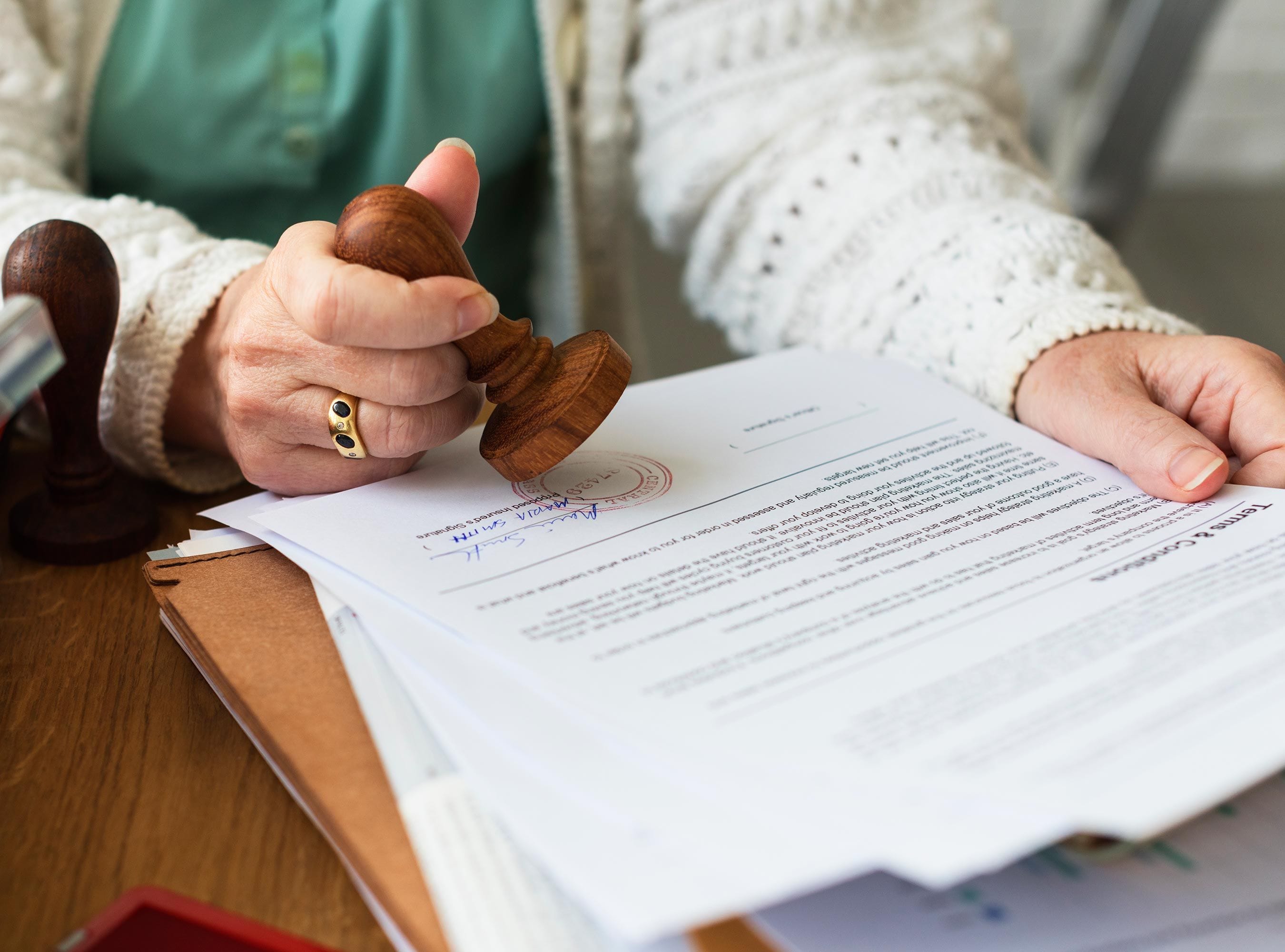Expert Witnesses: Subpoenas and Compliance Issues
As part of the discovery process, both the plaintiff and defendant are likely to receive a subpoena related to the expert witnesses they plan to call. As such, understanding the different types of subpoenas and their compliance requirements for experts is critical to case success.
Updated on
Subpoena Duces Tecum vs. Subpoena ad Testificandum
As part of the discovery process, both sides in litigation typically require the disclosure of documentation and evidence before a case advances. Two key legal tools in this context are the subpoena duces tecum and the subpoena ad testificandum.
Subpoena Duces Tecum: Producing Physical Evidence
A subpoena duces tecum is a court order requiring the recipient to produce tangible items, such as records, notes, or physical evidence. This can include:
- Business records, reports, or documentation
- Expert witness notes, research materials, or reference handbooks
- Physical items relevant to the case, such as a defective product in a product liability matter
For expert witnesses, a subpoena duces tecum is often used to obtain their underlying materials—notes, models, data sets, or research—that support their testimony or opinions. This ensures the opposing party can scrutinize the expert’s work before trial.
Subpoena Ad Testificandum: Compelling Testimony
By contrast, a subpoena ad testificandum compels a witness to appear and provide oral testimony, either at a deposition or in court. For expert witnesses, this may be used early in the process to review their qualifications, explore the basis of their opinions, or prepare potential challenges to their admissibility, such as a Daubert motion or a motion to exclude expert testimony.
Disclosing Data
Under Rule 45 of the Federal Rules of Civil Procedure, there are clear duties when providing documents or electronically stored information (ESI) in response to a subpoena:
- Documents must be produced as kept in the ordinary course of business or organized and labeled to correspond with the categories in the subpoena.
- ESI must be provided in its native or a reasonably usable form.
- The responding party must avoid creating unnecessary confusion or disorganization in the document production.
For example, intentionally burying a key document among irrelevant materials (“needle in a haystack” tactics) can result in sanctions or a court challenge. Experts and attorneys must ensure that no requested material is withheld without appropriate notice and explanation.
No Intentional Obstruction
Expert witnesses may not intentionally present requested documents in a state of disarray. There can be no attempts to confuse the attorney for the other side. This is the classic example of hiding a requested document in boxes of irrelevant discovery documentation. Creating a needle in the haystack approach can lead to a possible challenge in court and in front of a judge. Furthermore, expert witnesses may not deliberately withhold evidence requested under a subpoena duces tecum without a response.
A subpoena is a legally enforceable demand for documents or testimony. Documents may not be held from disclosure simply because they contain evidence that is not favorable to their side. Experts are cautioned against discussions designed to avoid turning something over, as failure to comply with a subpoena could result in civil or criminal consequences to the expert.
However, if certain evidence requested is withheld, this must still be acknowledged. The other party must tell explain the reason failure to disclose. Often, information is identified as being in possession of a party or their expert witnesses. However, due to the cost of production, attorney client privilege, geographical burdens, such objections are noted as responses to the opposition. This is why it is important to select expert witnesses with experience in such objections.
Steps to Ensure Compliance
When a subpoena is received, the responding party should:
- Carefully review the scope of the request.
- Track the return date (the date by which the response is due) and mark deadlines clearly on a calendar.
- Request any necessary extensions in writing.
- Formally lodge objections or request extensions if additional time or clarification is needed.
- If appropriate, move to quash the subpoena (i.e., request the court to nullify it).
These steps help maintain compliance with Rule 45 and protect against inadvertent violations.
Contrary Views
Some federal district courts view Rule 45 subpoenas as inappropriate discovery tools for parties and persons. In Alper v. United States, the district court refused to enforce plaintiff’s Rule 45 subpoena that sought documents from defendant’s expert witness. Although acknowledging that the language of Rule 45 was unclear, the Alper court insisted that since a party proffers an expert witness, that witness should be considered under the party’s control. Because the expert witness was “within defendant’s control,” the court noted that Rule 34 rather than Rule 45 governed the requested discovery. Alper decisions seems to be a minority view presently. However, its approach is attractive in streamlining discovery. It also would help in eliminating subpoena service issues for expert witnesses who may live outside of a geographic area of the case.
Frequently Asked Questions
What is the difference between a subpoena duces tecum and a subpoena ad testificandum?
A subpoena duces tecum demands the production of tangible documents or evidence, while a subpoena ad testificandum summons a witness to testify orally.
How do I ensure compliance with a subpoena for expert witness documents?
To ensure compliance with a subpoena for expert witness documents, identify the requested materials, adhere to the return date specified, and produce the documents in the form they are kept during the ordinary course of business as required by Rule 45 of the Federal Rules of Civil Procedure.
What are the consequences of not complying with a subpoena in a legal case?
Failure to comply with a subpoena can result in civil or criminal consequences for the expert, including potential challenges in court.


